In the realm of DIY and home improvement, the versatility of PVC pipe is unparalleled. As a synthetic polymer, it's a staple in construction and plumbing projects, and knowing how to cut PVC pipes is an essential skill.
In this article, I'll guide you through the intricacies of PVC pipe, its common uses, and the tools you'll need to cut it safely and efficiently. We'll delve into the importance of safety measures, from personal protective equipment to proper handling of tools.
Then, I'll provide you with detailed, step-by-step guides on how to cut PVC pipe using a hand saw, hacksaw, miter saw, and PVC cutter. By the end, you'll be equipped with the knowledge and confidence to tackle your PVC-cutting projects.
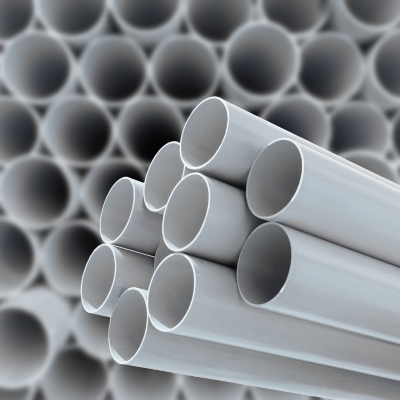
PVC pipe, short for Polyvinyl Chloride pipe, is a type of pipe made from a synthetic polymer. This material, known as polyvinyl chloride, is a chlorinated hydrocarbon polymer that is rigid and brittle in its natural state. However, when processed, it becomes a versatile material that is both durable and long-lasting.
PVC pipes come in different forms, including rigid and flexible, and are categorized into three types such as:
These pipes are known for their strength, durability, and resistance to corrosion, making them a popular choice in various applications.
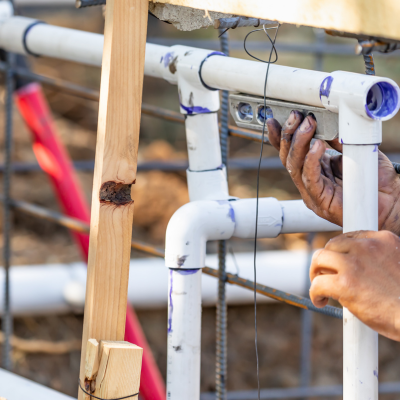
PVC pipes are widely used in construction and plumbing due to their versatility and durability. In the realm of construction, PVC pipes are often used for sewer and wastewater conveyance, as well as within drains and vents associated with structures and equipment.
They are also commonly used for insulating electrical cables. In plumbing, PVC pipes are employed for distributing non-potable water and are a staple in large-scale irrigation systems due to their ability to resist large disruptions or vibrations.
Additionally, PVC pipes are used in the transportation of drinking water and advanced fire-sprinkler piping systems. Their versatility even extends to DIY projects around the home and workshop, showcasing the many ways PVC pipes can be utilized.
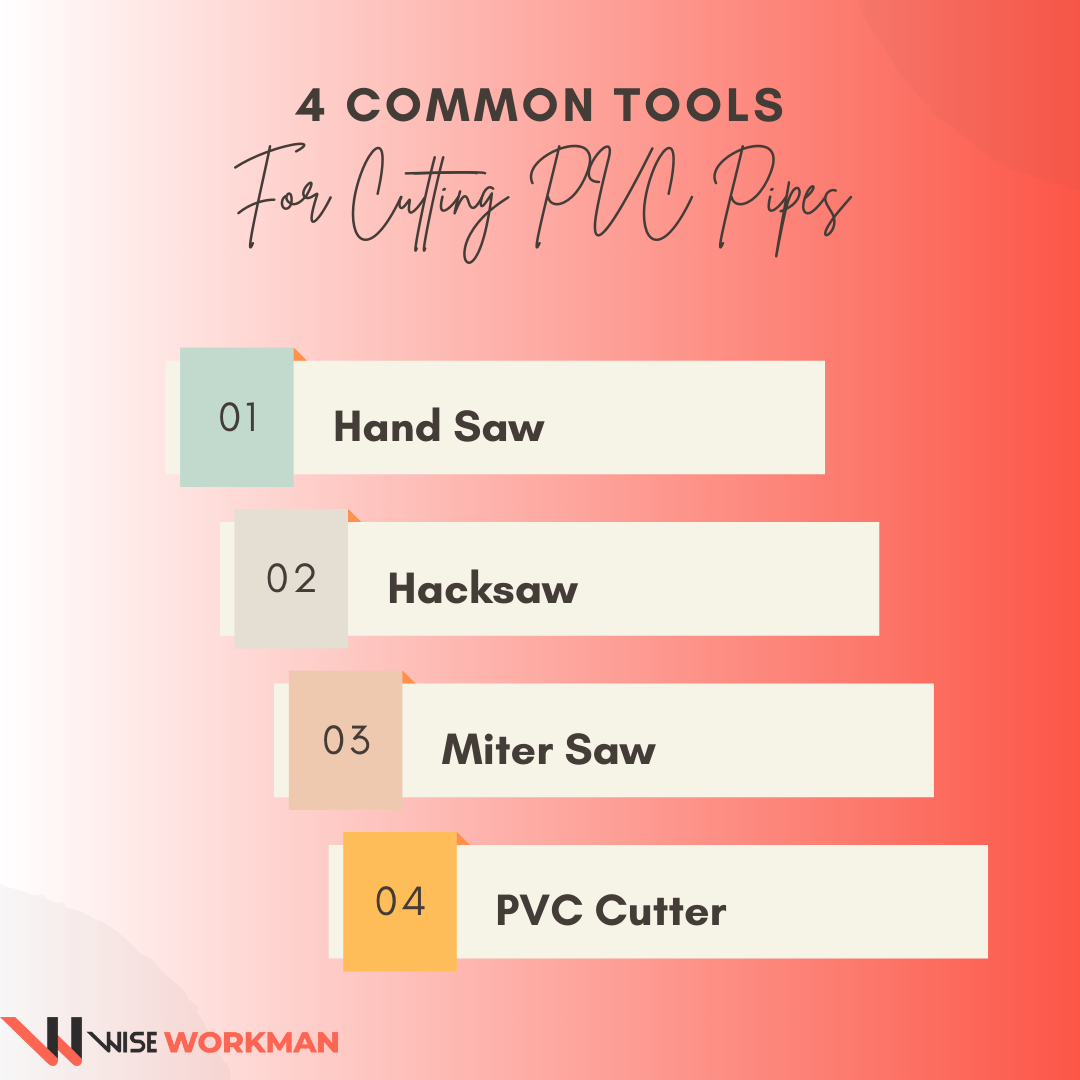
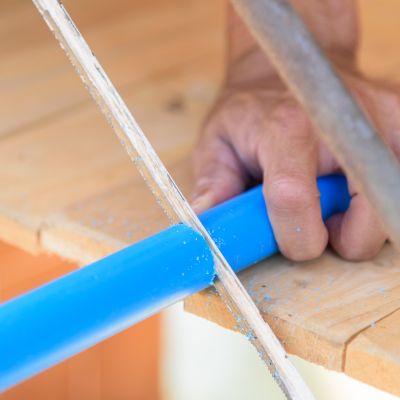
A hand saw is a simple and commonly used tool for cutting PVC pipe. It's a manual tool that requires a bit of elbow grease, but it's effective and accessible.
To use a hand saw, you need to secure the PVC pipe, mark the area you want to cut, and then saw back and forth until you've cut through the pipe. The key to a clean cut is to let the saw do the work and not force it through the material.
Remember to keep your fingers away from the blade and always cut in a controlled manner.
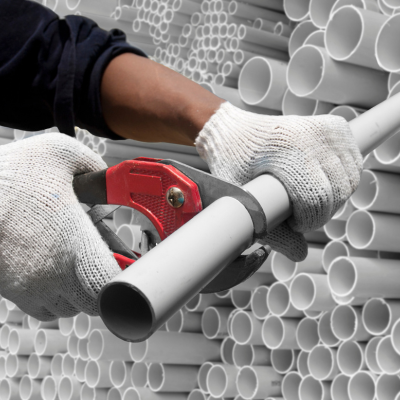
A hacksaw is another manual tool that's excellent for cutting PVC pipes. It's a bit more flexible than a hand saw, making it a popular choice. To use a hacksaw, you secure the PVC pipe, mark your cut, and then use the hacksaw to cut through the pipe.
Hacksaws are best used with a vise or clamp to keep the pipe steady during cutting. Again, safety is paramount, so always cut in a controlled manner and keep your fingers away from the blade.
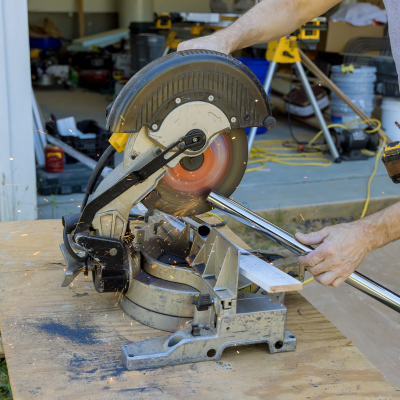
If you have a lot of PVC pipe to cut or need to make precise cuts, a miter saw is a great tool to use. Miter saws are power tools, so they require more safety precautions, but they can make quick and accurate cuts.
To use a miter saw, you secure the PVC pipe, mark your cut, and then use the miter saw to cut through the pipe. Always follow the manufacturer's instructions for using a miter saw and wear appropriate safety gear, including safety glasses and hearing protection.
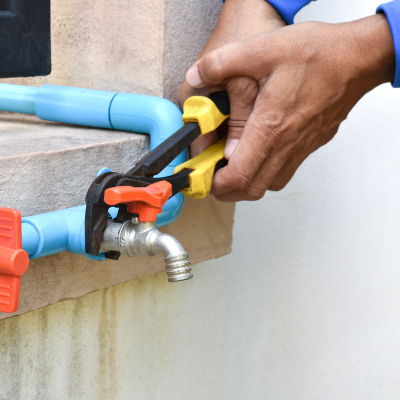
A PVC cutter is a specialized tool designed specifically for cutting PVC pipe. It's a great tool to use if you want a clean, straight cut with minimal effort.
To use a PVC cutter, you place the pipe in the cutter's jaws at the point where you want to cut, and then squeeze the cutter's handles together until it cuts through the pipe. PVC cutters are easy to use and make a very clean cut, but they are best for smaller-diameter pipes.
Always follow the manufacturer's instructions for using a PVC cutter and remember to cut in a controlled manner.
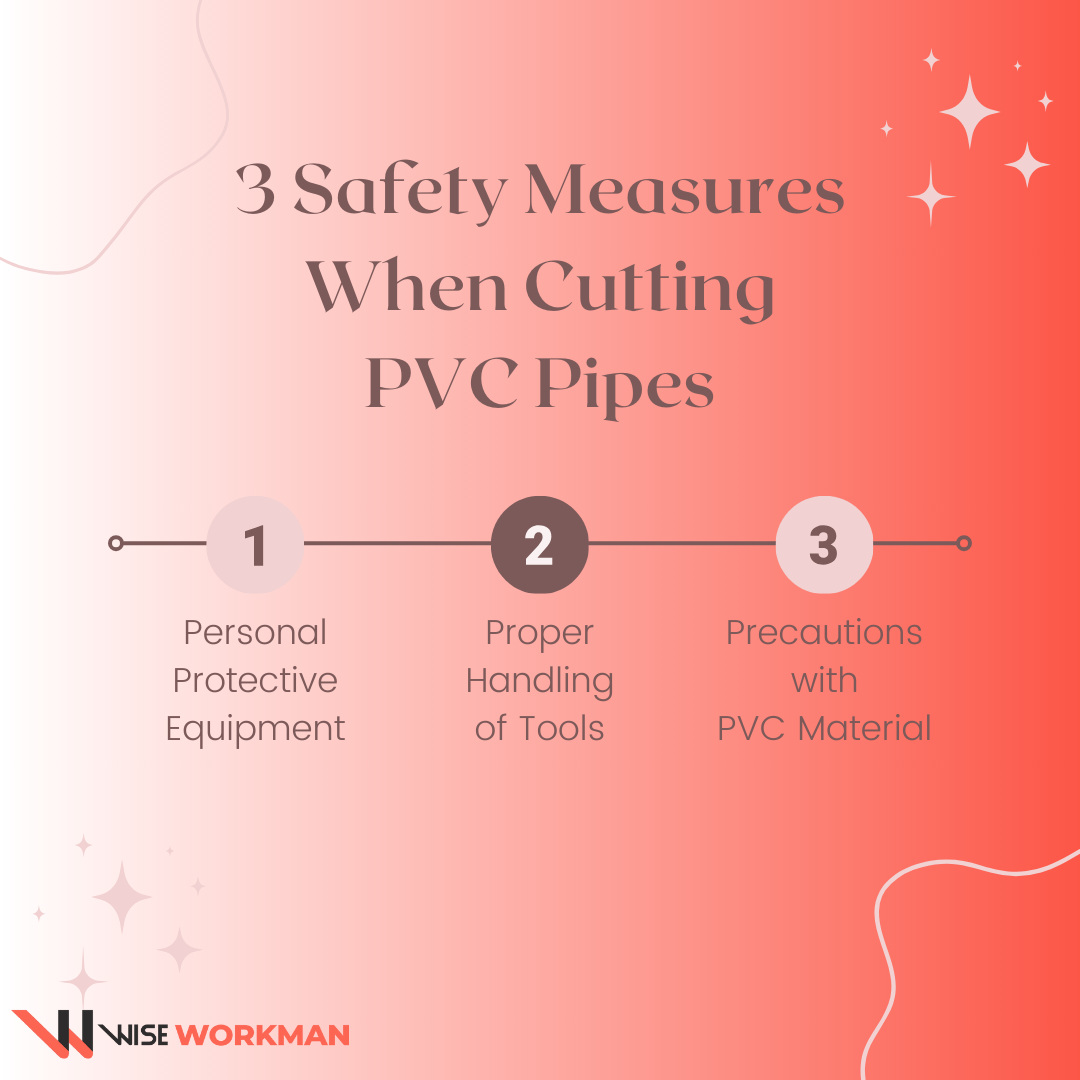
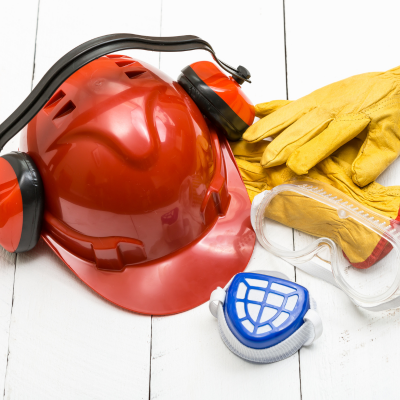
When cutting PVC pipes, personal safety is paramount. It's crucial to wear safety glasses to protect your eyes from flying debris. Plastic chips can severely irritate your eyes if you get any particulate in them, so it's best to protect your eyes when cutting.
Additionally, wearing gloves can help protect your hands from any sharp edges on the pipe or from the cutting tool itself. Remember, personal protective equipment is your first line of defense against potential injuries.
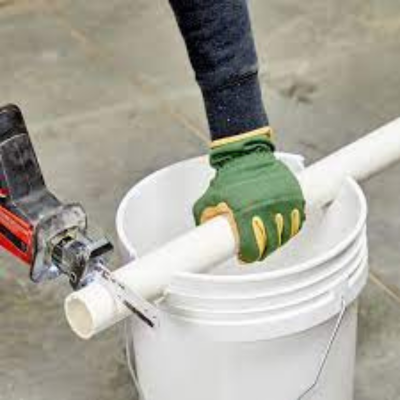
Proper handling of tools is another critical aspect of safety when cutting PVC pipes. Whether you're using a hand saw, hacksaw, miter saw, or PVC cutter, it's important to use the tool correctly. Always ensure that the tool is in good working condition before you start cutting.
When using any cutting tool, make sure your fingers are away from the blade and always cut in a controlled manner. If you're using a power tool like a miter saw, make sure you're familiar with its operation and safety features before you start cutting.
While PVC is a relatively safe material to work with, there are some precautions you should take when cutting it. For instance, cutting PVC can produce dust, which can be irritating if inhaled.
Therefore, it's a good idea to wear a dust mask or a respirator when cutting PVC, especially if you're doing a lot of cutting. Additionally, the edges of cut PVC can be sharp, so handle the cut pipe carefully to avoid injury.
Lastly, if you're cutting PVC outdoors, make sure the area is well-ventilated to disperse any dust that's produced.

Cutting PVC pipe with a hand saw is a straightforward process. Here's a step-by-step guide to help you:
A hacksaw can also be used to cut PVC pipe. Here's how:
A miter saw allows for quick and precise cuts. Here's how to use it:
A PVC cutter is a handy tool for cutting PVC pipe. Here's how to use it:
Yes, besides hand saws, hacksaws, and miter saws, you can also use a circular saw or a jigsaw to cut PVC pipe. However, these tools may not be as precise and can create more dust, so it's important to wear appropriate safety gear and work in a well-ventilated area.
To ensure a straight cut, it's crucial to mark the pipe clearly before cutting. You can use a square or a straight edge along with a marker to create a guideline. Also, using a miter box can help guide your saw and keep your cut straight.
While it's technically possible to cut PVC pipe with a hot knife or a heat gun, it's not recommended. Heating PVC can release harmful fumes, and the cut may not be as clean or precise as with a saw or a PVC cutter.
If the cut edge of the PVC pipe is rough, you can smooth it with sandpaper. Start with a coarser grit to remove the larger burrs and then finish with a finer grit for a smooth finish.
Yes, offcuts from PVC pipes can be reused for other projects. Just make sure to store them properly to prevent damage. However, always check the condition of the offcuts before reuse, as they may have become brittle or damaged over time.
In this guide, we've explored the world of PVC pipes, their uses, and the tools needed to cut them. We've learned that PVC pipes are versatile and widely used in construction and plumbing.
We've also discovered that tools like the hand saw, hacksaw, miter saw, and PVC cutter can be used to cut PVC pipes, each with its unique method and precautions. Safety measures, including the use of personal protective equipment and proper handling of tools, are crucial to prevent accidents.
Finally, we've provided step-by-step guides on how to cut PVC pipes using different tools. Armed with this knowledge, you're now ready to tackle your PVC pipe projects safely and efficiently.
Remember, safety first, and happy cutting!